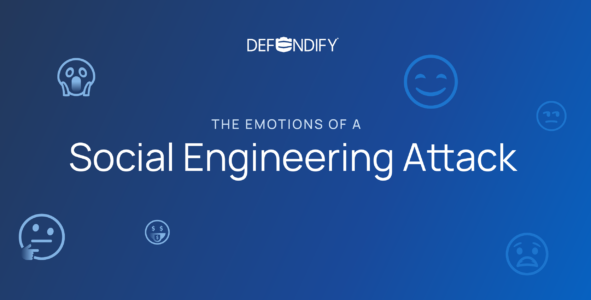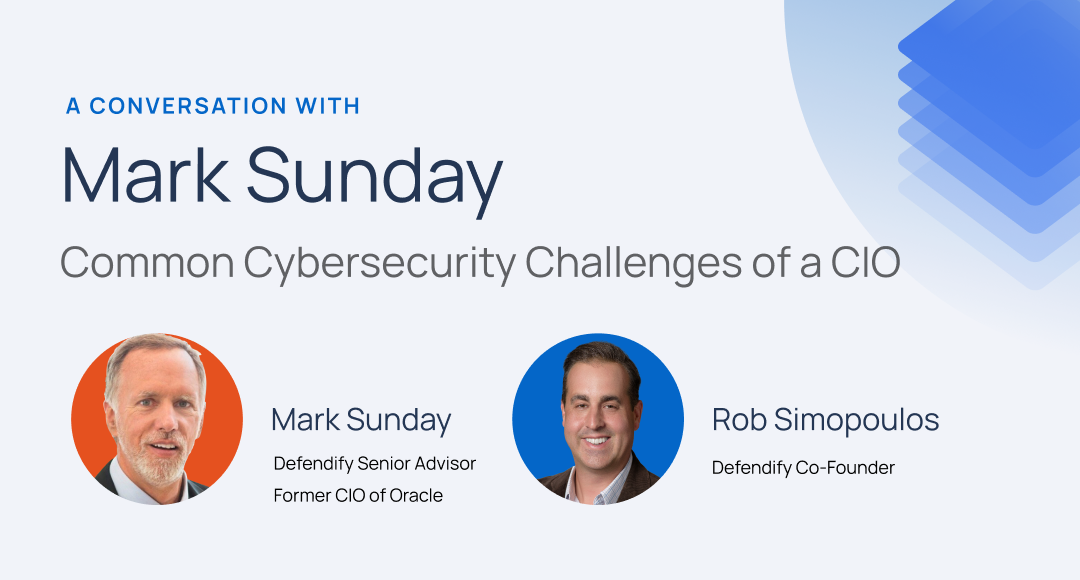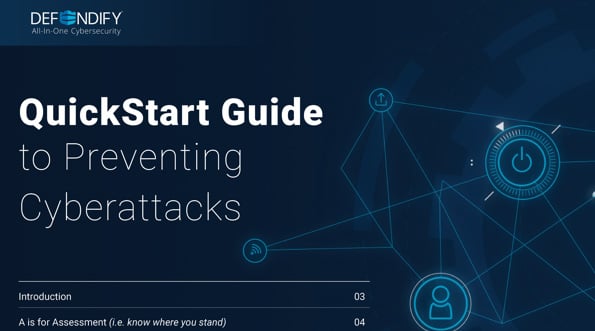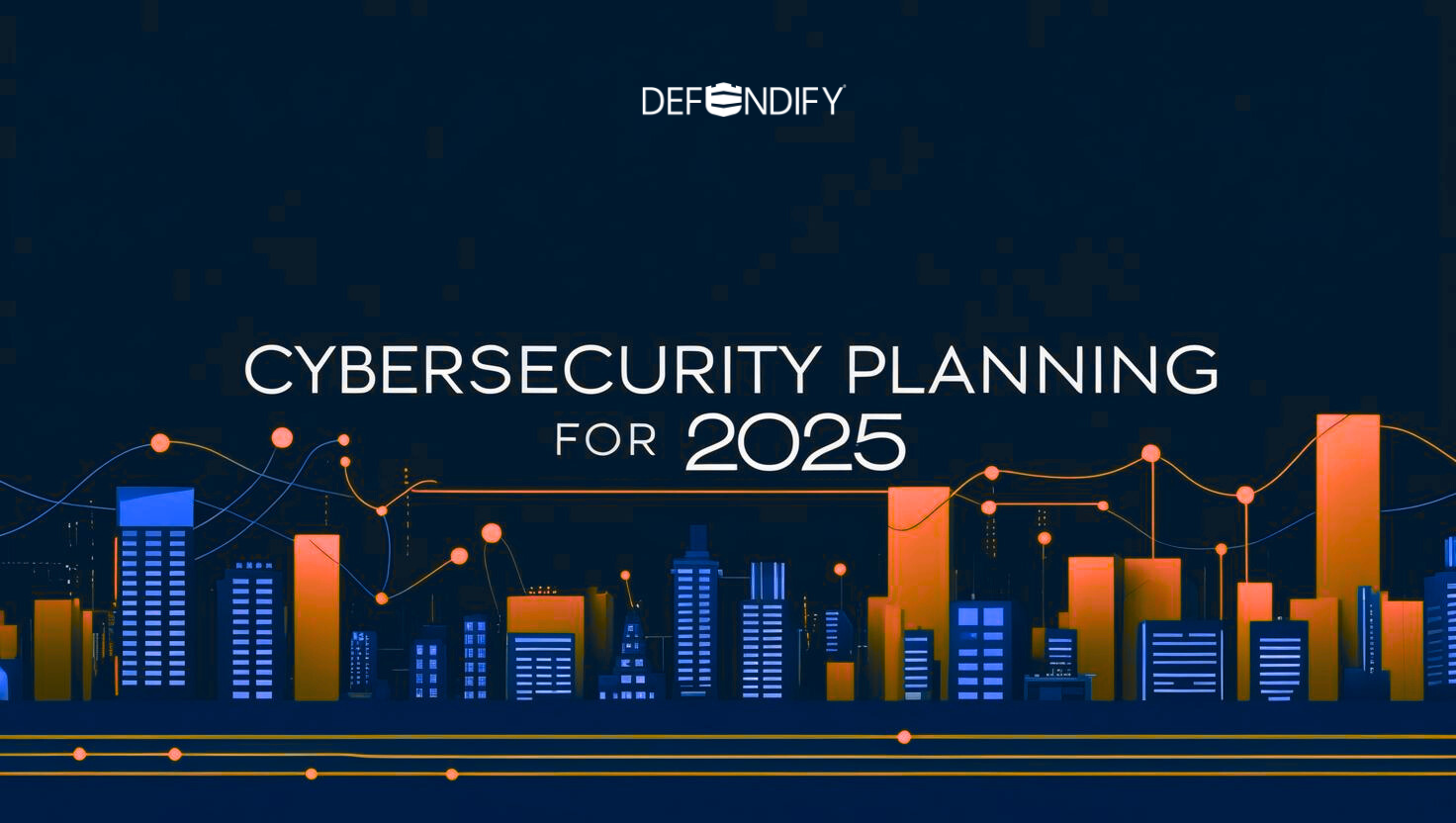Expert insights from cybersecurity strategist Matthew Rosenquist on transforming security from overhead into competitive advantage
The cybersecurity landscape has fundamentally shifted, yet many organizations still struggle with the same persistent challenge: securing executive buy-in for cybersecurity investments. With 82% of ransomware attacks targeting businesses with fewer than 1,000 employees, developing a comprehensive cybersecurity strategy has never been more critical—or more misunderstood.
Matthew Rosenquist, CISO at Mercury Risk and cybersecurity strategist, recently shared groundbreaking insights on why traditional security approaches fail and how security leaders can transform their programs into business enablers rather than cost centers.
The Fundamental Problem with Traditional Cybersecurity Programs
Why IT Professionals Struggle with Cybersecurity Funding
“In many organizations, cybersecurity is treated as overhead,” explains Rosenquist. “It’s kind of a sunk cost. I have to do it, but it’s overhead. And any business manager will tell you that for overhead costs, what you want to do over time is make it more efficient so you can shrink the budget.”²
This foundational misunderstanding creates an impossible situation for cybersecurity professionals. While cybersecurity risk continues evolving and expanding, requiring approximately 20% budget increases year-over-year just to maintain parity, executives expect overhead costs to decrease over time.
The communication gap compounds this challenge. Security teams typically present technical metrics—firewall rules, blocked emails, response times—that fail to demonstrate business value. “That’s interesting, and you can make really pretty graphs,” notes Rosenquist, “but you’re not justifying why I actually need to spend money on you versus giving it to sales or marketing or product development.”²
The Small Business Targeting Reality
Contrary to the “too small to target” myth, cybercriminals actively pursue smaller organizations. “If you’re an easy target or you have something of value, you’re on the list,” Rosenquist emphasizes. “There are literally so many more small and medium businesses than large ones. Sure, attackers would love to get fifty million dollars from a Fortune 100 company, but they probably have world-class security. Instead, they can go after medium or small businesses, maybe not get fifty million, but definitely get a good paycheck—fifty thousand, hundred thousand—and their defenses are typically much easier to circumvent.”²
This targeting preference makes security investments even more critical for smaller organizations, which often lack the resources to recover from successful attacks. Understanding cybersecurity risk in this context helps organizations prioritize their security investments appropriately.
Strategic Cybersecurity Programs: Beyond Risk Management
Transforming Security into Business Value
Effective security programs require moving beyond traditional risk management to demonstrate tangible business value. A well-designed cybersecurity strategy should address multiple organizational needs while creating competitive advantages. Rosenquist identifies three levels of cybersecurity value proposition:
Level 1: Compliance – Meeting regulatory requirements, which “doesn’t mean you’re actually secure, just compliant.”
Level 2: Risk Management – Implementing cybersecurity programs that prevent and respond to threats to minimize impact.
Level 3: Business Enablement – Creating competitive advantages through security capabilities that support business objectives.
“When we really want to get out of that utility space and start contributing to actual business goals, we start moving into competitive advantage,” explains Rosenquist. “How do we increase our average selling price through security features or security branding? How do we help reach sales targets and market share goals?”²
The Business Risk Dial Approach
The most successful cybersecurity plan involves positioning security as a “business risk dial” that executives can adjust based on business priorities and risk tolerance. This approach empowers executives to make informed decisions using familiar frameworks.
“Executives already deal with risk—financial risk, business risk, competitive risk, legal risk,” notes Rosenquist. “We are here to empower them to do the same thing with cyber.”²
This methodology involves presenting risk scenarios in business terms: “On your current investment, you’ve got about a one in twenty chance this year of getting hacked. You’re probably going to lose ten to twenty thousand records every four years due to data breaches. If we triple the budget, I can reduce that down to two hundred records maybe every five or six years.”²
Essential Components of an Effective Cybersecurity Plan
1. Comprehensive Threat Assessment
Modern security programs begin with understanding industry-specific threats and business model implications. Healthcare organizations face different challenges than financial services companies, while manufacturing firms encounter distinct threats from retail businesses.
Key threat categories include:
- Ransomware attacks targeting operational systems
- Business email compromise and phishing attacks focusing on financial processes
- Data breaches affecting customer information and regulatory compliance
- Intellectual property theft affecting competitive positioning
- Supply chain attacks exploiting vendor relationships
Conducting thorough risk assessment for each category helps organizations understand their specific vulnerability profile and prioritize defensive measures accordingly.
2. Asset and Data Inventory
Comprehensive asset inventory forms the foundation of effective security programs. Organizations must catalog:
- Computing infrastructure across all locations
- Network infrastructure and connectivity equipment
- Application inventory including cloud services and third-party provider solutions
- Data classification based on sensitivity and regulatory requirements
3. Security Framework Implementation
Structured frameworks provide tested methodologies for cybersecurity program development. The NIST Cybersecurity Framework offers comprehensive guidance organizing activities into five core functions: Identify, Protect, Detect, Respond, and Recover³.
Industry-specific frameworks address unique requirements:
- Healthcare: HIPAA Security Rule requirements
- Financial services: FFIEC guidelines and PCI DSS
- Critical infrastructure: NERC CIP standards
4. Policy Development and Implementation
A comprehensive cybersecurity plan requires clear, actionable security policies covering:
- Access control and identity management
- Data protection and information handling
- Incident response and business continuity with a detailed incident response plan
- Vendor and third-party risk management
Well-crafted security policies serve as the foundation for consistent security practices while ensuring all stakeholders understand their responsibilities in protecting organizational assets.
5. Resource Prioritization
Strategic resource allocation focuses on high-impact security controls:
Multi-Factor Authentication (MFA) – Prevents approximately 99.9% of account compromise attacks Endpoint Detection and Response (EDR) – Provides critical visibility and behavioral analysis Security Awareness Training – Addresses human vulnerabilities including phishing recognition through relevant education Backup and Recovery Systems – Ensures business continuity during ransomware attacks
Effective cybersecurity strategy implementation requires regular risk assessment to evaluate the effectiveness of these controls and adjust priorities based on evolving threats.
Building and Maintaining Executive Relationships
Effective Communication Strategies
Successful cybersecurity planning requires translating technical risks into business language. Instead of discussing vulnerability scores, effective security leaders focus on business scenarios: “If our customer database becomes inaccessible for two weeks, we lose approximately $2.3 million in revenue, face regulatory penalties of up to $500,000, and risk losing 15% of our customer base to competitors.”
Avoiding Common Communication Pitfalls
Fear-Based Messaging – While temporarily effective, fear-driven approaches ultimately damage credibility. “We don’t want to use FUD—fear, uncertainty, and doubt,” warns Rosenquist. “It’ll work a few times, but then your credibility as a security professional goes straight into the mud.”²
Technical Metrics Focus – Reporting blocked emails or detected malware demonstrates activity but doesn’t help executives evaluate return on investment.
Project Mentality – Treating cybersecurity as a discrete project rather than ongoing operational capability virtually guarantees long-term failure.
Building Trust Through Transparency
Trust develops through consistent, transparent communication that acknowledges limitations while demonstrating competence. “We have to be realistic, be open, and help senior management make the right decision,” emphasizes Rosenquist. “Building that relationship and foundation of trust is really important, especially if something bad happens and you have complete credibility.”²
Practical Implementation: Real-World Success Stories
The Partnership Approach
The most successful cybersecurity leaders work as business partners rather than technical gatekeepers. They communicate risks and opportunities while empowering executives to make informed decisions about risk tolerance and resource allocation.
When incidents occur, these relationships prove invaluable. Instead of blame and recrimination, the conversation becomes: “That’s about right. You said it was going to be about three years. This is the loss we accepted. Can we make that risk a little lower now?”²
Having a comprehensive incident response plan ensures organizations can respond effectively to any cyber incident while maintaining stakeholder confidence throughout the recovery process.
Organizational Integration
Successful security programs require integration across all business functions. Security leaders should participate in executive staff meetings, understand business objectives, and proactively support strategic initiatives rather than reactively addressing security concerns.
“If you know the product team is coming out with a new product and you’ve been working with them from the beginning to make sure the code is secure, the design and architecture is secure, it’s a lot easier than being called and told, ‘We’ve got a new product releasing on Monday. Can you make sure it’s secure?'”²
Essential Resources for Your Cybersecurity Plan
Government and Regulatory Resources
CISA Cybersecurity Plan Template – Comprehensive framework emphasizing resilience, collaboration, and measurable outcomes⁴
NIST Cybersecurity Framework – Structured approach to security program development with extensive implementation guidance³
FCC Cyber Planner Tool – Customizable templates for small businesses⁵
Organizations should also evaluate managed security service provider options for specialized expertise and 24/7 monitoring capabilities.
Industry Best Practices
Successful security programs leverage proven methodologies while adapting to organizational requirements. Key resources include industry-specific frameworks, professional associations, and peer collaboration opportunities.
Measuring Success and Continuous Improvement
Business-Relevant Metrics
Effective security programs measure outcomes that matter to business leaders:
- Reduction in successful attacks
- Improvement in incident response times
- Enhanced customer confidence metrics
- Operational efficiency improvements
Continuous Adaptation
Security programs represent an ongoing process requiring regular assessment, testing, and improvement. Organizations must evolve their cybersecurity strategy based on changing threats, business requirements, and technological capabilities while conducting periodic risk assessment to validate control effectiveness.
The Strategic Imperative: Moving Forward
Building Momentum
Organizations beginning their cybersecurity plan should focus on high-impact, cost-effective controls that provide immediate security benefits while building stakeholder confidence. Multi-factor authentication, employee training, and automated backup systems often provide excellent starting points.
Sustaining Long-Term Success
Sustainable cybersecurity programs require organizational integration, leadership engagement, and continuous adaptation to evolving threats and business requirements. Success depends on positioning cybersecurity as a business enabler rather than just a protective measure, with clear protocols for managing any cyber incident that may occur.
Conclusion: Cybersecurity as Competitive Advantage
The future belongs to organizations that understand security as a strategic capability rather than a necessary overhead. As Rosenquist emphasizes, “Cybersecurity requires teamwork—from the board, the C-suite, frontline executives, employees, contractors, vendors. The key to attaining that teamwork is communication, and communication has to be relevant.”²
Organizations that master this approach don’t just protect themselves—they create competitive advantages through enhanced customer trust, operational resilience, and the ability to pursue digital transformation initiatives with confidence.
The time for strategic cybersecurity planning is now. The frameworks, resources, and expertise exist to help organizations transform their security programs from cost centers into business drivers. The question isn’t whether cyber threats will materialize, but whether your organization will be prepared to respond effectively while maintaining business continuity and competitive position.
Your cybersecurity plan begins with honest assessment, executive engagement, and commitment to positioning security as a business enabler. The stakes have never been higher, but neither have the opportunities for organizations willing to approach cybersecurity strategically.
References
- Industry cybersecurity statistics – Ransomware targeting patterns and business failure rates following cyberattacks
- Matthew Rosenquist, CISO at Mercury Risk – Expert insights from cybersecurity webinar on executive buy-in, risk communication, and strategic security planning
- NIST Cybersecurity Framework – Comprehensive approach to cybersecurity program development (nist.gov/cyberframework)
- CISA Cybersecurity Plan Template – Strategic planning framework for organizational resilience (cisa.gov)
- FCC Cyber Planner Tool – Customizable cybersecurity planning resources for small businesses (fcc.gov/cyberplanner)
This article is based on expert insights from Matthew Rosenquist, CISO at Mercury Risk and cybersecurity strategist, along with authoritative guidance from CISA, NIST, and FCC cybersecurity planning resources.
Protect and defend with multiple layers of cybersecurity
Defend your business with All-In-One Cybersecurity®.
Explore layered
security
Learn more about Defendify’s three key layers and All-In-One Cybersecurity®.
How can we help?
Schedule time to talk to a cybersecurity expert to discuss your needs.
See how it works
See how Defendify’s platform, modules, and expertise work to improve security posture.








